During recent fieldwork, Dr. Philip Chu, scientist at NOAA’s Great Lakes Environmental Research Laboratory (GLERL) and Professor Chin Wu, from the University of Wisconsin Madison, retrieved six water level sensors and one Acoustic Doppler Current Profiler (ADCP) from the Manistique River—a 71.2 mile long river in the Upper Peninsula of Michigan that drains into Lake Michigan.
An ADCP measures water currents with sound by using the Doppler effect— sound wave has a higher frequency, or pitch, when it moves toward you than it does when it moves away. Think of the Doppler effect in action the next time you hear a speeding train pass you by. As the train moves toward you, the pitch of its whistle will be higher. As it moves away, it will be lower. The same effect happens as sound moves through water. The ADCP emits pulses of sounds that bounce off of particles moving through the water. Particles that are moving toward the sensor will produce a higher frequency than those moving away from the sensor. This effect allows the profiler to record data about sediment transport in the river.
After quality control and assurance procedures back in the lab, currents and water level data collected during this deployment, scientists will use the information to research the impacts of meteotsunamis, seiches, and flooding events on sediment transport through the river. The outcomes of this research will then will be used by organizations, such as the U.S. Army Corps of Engineers, for dredging operations on the river with the ultimate goal of improving water quality. (See the Great Lakes Water Quality Agreement for more on why the Manistique River is considered an “Area of Concern.”)
In addition, researchers will use this valuable field data while validating the NOAA next generation Lake Michigan-Huron Operational Forecasting System, one of the forecast systems within the Great Lakes Operational Forecasting System, or GLOFS. GLOFS is a prediction system that provides timely information to lake carriers, mariners, port and beach managers, emergency response teams, and recreational boaters, surfers, and anglers through both nowcast and forecast guidance.
Nowcast vs. Forecast: What’s the difference?
A nowcast is a description of the present lake conditions based on model simulations using observed meteorology. Nowcasts are generated every 6 hours and you can step backward in hourly increments to view conditions over the previous 48 hours, or view animations over this time period.
A forecast is a prediction of what will happen in the future. Our models use current lake conditions and predicted weather patterns to forecast the lake conditions for up to 5 days in the future. These forecasts are run twice daily, and you can step through these predictions in hourly increments, or view animations over this time period.
Professor Wu, along with Dr. Eric Anderson from GLERL, deployed these sensors earlier this summer. As with the majority of GLERL’s projects, this is a collaborative effort. Through the Cooperative Institute for Limnology and Ecosystems Research (CILER), this work is supported by NOAA National Marine and Fishery Service and funded by EPA Great Lakes Restoration Initiative. The University of Wisconsin is one of ten CILER Consortium partners.










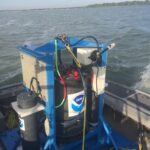






![drifters map 2 [Converted]-01.png](https://www.glerl.noaa.gov/blog/wp-content/uploads/2016/07/drifters-map-2-converted-011.png)

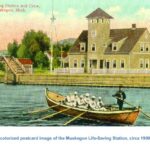
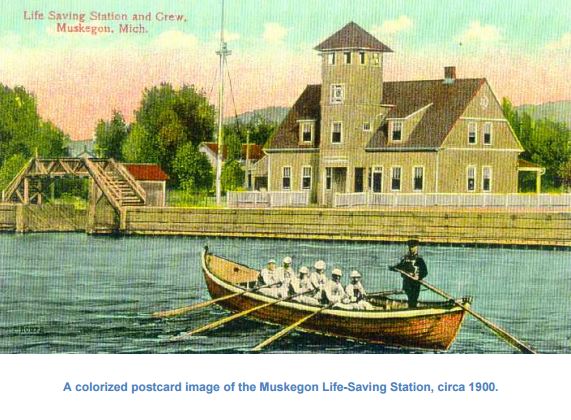
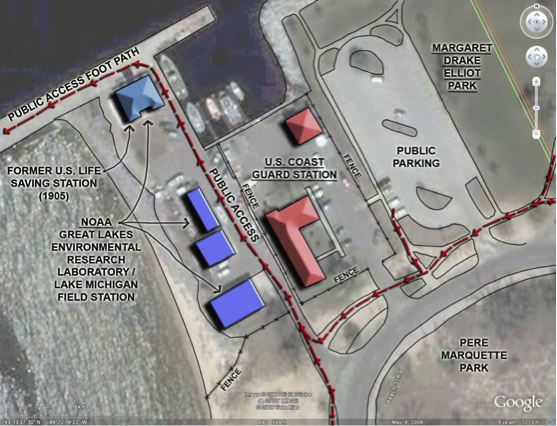

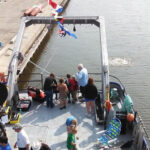
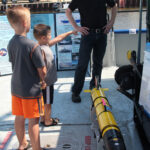
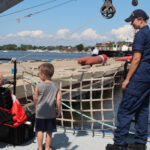
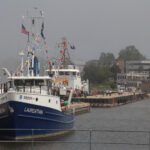
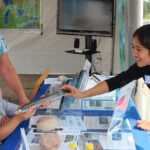

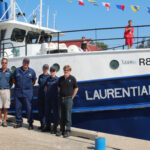
 Last week, GLERL scientist
Last week, GLERL scientist  The sampling and research we’re doing in Lake Okeechobeeo helps us get a better understanding of the environmental drivers behind changes in bloom toxicity—a main focus of the research we’re doing within our
The sampling and research we’re doing in Lake Okeechobeeo helps us get a better understanding of the environmental drivers behind changes in bloom toxicity—a main focus of the research we’re doing within our 






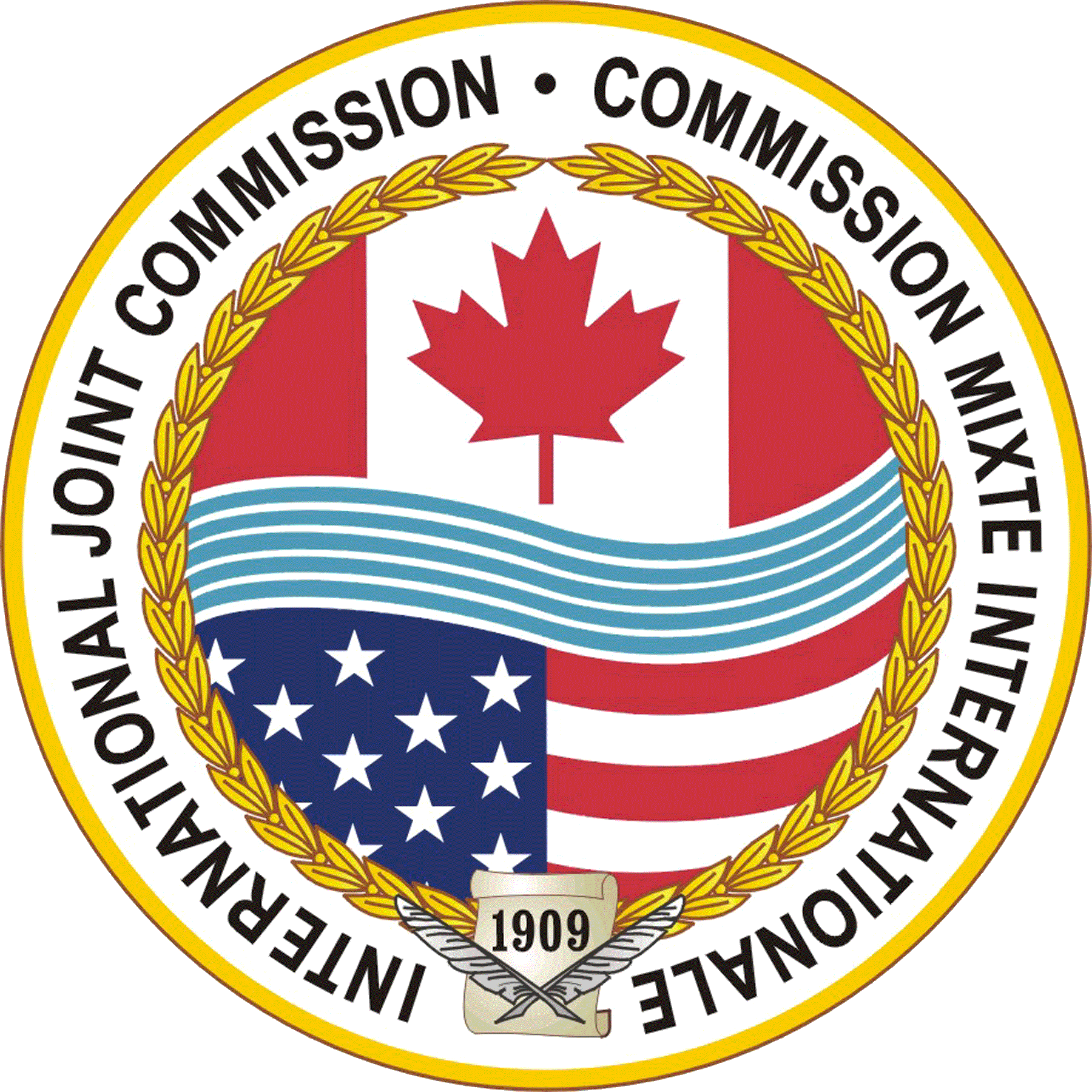 About the
About the 